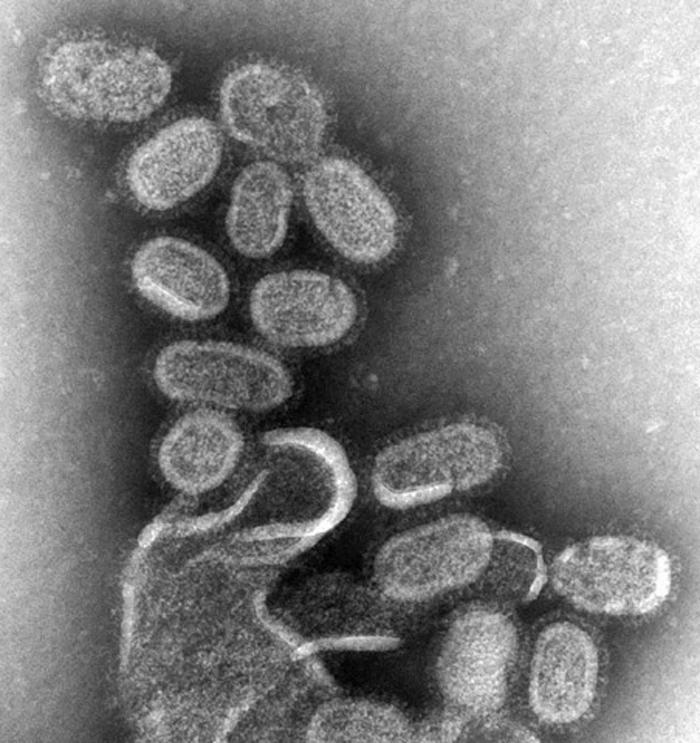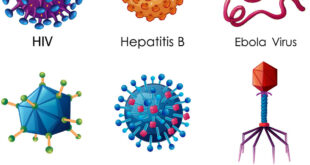Science Daily
May 10, 2013
 In the summer of 1968, a new strain of influenza appeared in Hong Kong. This strain, known as H3N2, spread around the globe and eventually killed an estimated 1 million people.
In the summer of 1968, a new strain of influenza appeared in Hong Kong. This strain, known as H3N2, spread around the globe and eventually killed an estimated 1 million people.
A new study from MIT reveals that there are many strains of H3N2 circulating in birds and pigs that are genetically similar to the 1968 strain and have the potential to generate a pandemic if they leap to humans. The researchers, led by Ram Sasisekharan, the Alfred H. Caspary Professor of Biological Engineering at MIT, also found that current flu vaccines might not offer protection against these strains.
“There are indeed examples of H3N2 that we need to be concerned about,” says Sasisekharan, who is also a member of MIT’s Koch Institute for Integrative Cancer Research. “From a pandemic-preparedness point of view, we should potentially start including some of these H3 strains as part of influenza vaccines.”
The study, which appears in the May 10 issue of the journal Scientific Reports, also offers the World Health Organization and public-health agencies’ insight into viral strains that should raise red flags if detected.
Influenza evolution
In the past 100 years, influenza viruses that emerged from pigs or birds have caused several notable flu pandemics. When one of these avian or swine viruses gains the ability to infect humans, it can often evade the immune system, which is primed to recognize only strains that commonly infect humans.
Strains of H3N2 have been circulating in humans since the 1968 pandemic, but they have evolved to a less dangerous form that produces a nasty seasonal flu. However, H3N2 strains are also circulating in pigs and birds.
Sasisekharan and his colleagues wanted to determine the risk of H3N2 strains re-emerging in humans, whose immune systems would no longer recognize the more dangerous forms of H3N2. This type of event has a recent precedent: In 2009, a strain of H1N1 emerged that was very similar to the virus that caused a 1918 pandemic that killed 50 million to 100 million people.
“We asked if that could happen with H3,” Sasisekharan says. “You would think it’s more readily possible with H3 because we observe that there seems to be a lot more mixing of H3 between humans and swine.”
 Daily Stormer The Most Censored Publication in History
Daily Stormer The Most Censored Publication in History


